
Thank you for the replies to yesterday’s birthday announcement issue! Reader support is the best.

PodMov Daily: Tuesday, July 19
Episode 684: Testing, One Two-sday
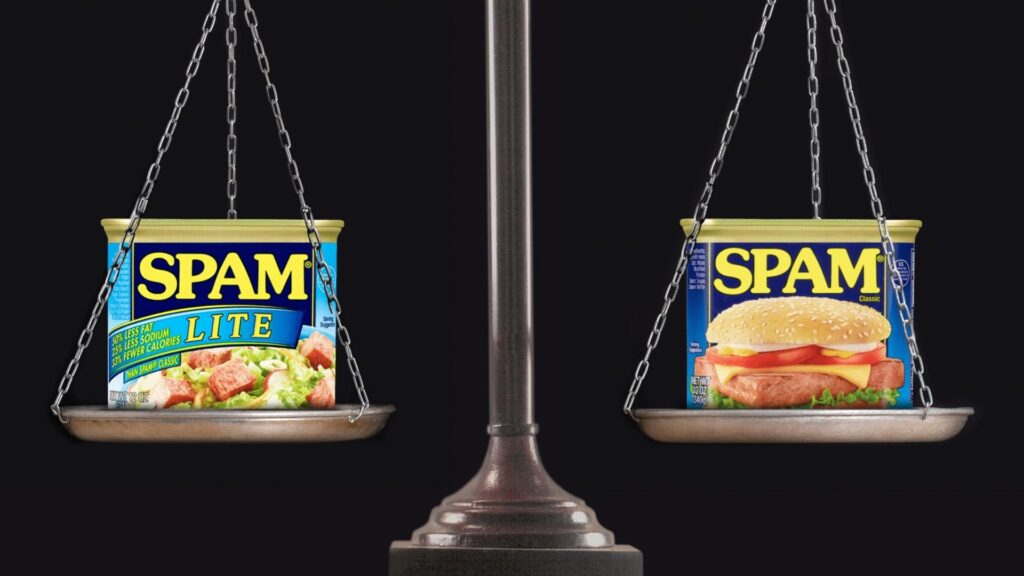
‘Personalized’ Spam is Still Spam
Marketing emails that promise a #1 podcast in 30 days: clearly spam. LinkedIn messages hawking fake reviews: also spam. What if you’re tagged in a promotional tweet that was just sent out to others, one by one? It’s a gray area. We’ll call it ‘spam lite’ – semi-personalized and half-sincere.
A string of these tweets circulated yesterday. The screenshotted posts were ‘ham-fisted’ user mistake, the poster said: “We get spammed a lot ourselves, so we're not really fans either.” Except last week, when they tagged 15 accounts in nearly identical promo tweets, back-to-back. They’ve since been deleted.
Unlike classic spam, spam lite isn’t random. It targets a specific group of related accounts, often with slightly adjusted messaging. It’s like when a high school acquaintance reaches out to pitch diet shakes. (Hey girl, it’s been forever!) You’re likely to feel disappointment: This person doesn’t value me.
Promoting anything on social media takes balance, and spam lite is still spam. Meaningful interaction like a reply, a question, or a sincere compliment goes a long way. As Nick Hilton put it, “Jumping into a Bart and Homer Simpson-style conga: you don’t win listeners with spam self-promotion.”
How do you know if you’re in spam lite territory? Ask yourself if the post offers legitimate value. It’s a red flag if “the recipient's personal identity and context are irrelevant,” according to the Spamhaus Project. Don’t fudge ‘relevant’ – promoting a podcast to other podcast people doesn’t count.
Fun fact: Spam dates back to 1978, when Gary Thuerk emailed 600 people to promote some computer products. Thanks, Gary.

Case Study: Podcasting & Streaming Audio Drive CPG Sales
As podcast and streaming audio advertising continues to grow across all industries, accurate measurement is more important than ever. Especially in the consumer packaged goods (CPG) category, podcast advertising works to tremendous effect.
A new case study shows the power of podcast and streaming audio advertising to drive sales for one of the world’s largest skincare brands. To tackle the challenge of measuring campaign efficacy, Audacy engaged two trusted partners: Claritas and IRI. Together, they devised a custom method to measure audio exposures and purchases across the CPG category.
Campaign analysis revealed tangible, traceable results, including immediate impact, success with switchers, impact of frequency, new customer conversion, and the ‘brand halo effect.’ As the case study clearly demonstrates, advancements in podcast advertising attribution can deliver outstanding – and proven – results.
Here's what else is going on:
- Dial tone: Today the London-based Podcast Radio is launching a 24/7 business station, available worldwide. It’s the first of several planned extensions designed to help listeners discover genre-specific content. Podcast Radio Crime and Podcast Radio Comedy will debut in August and September.
- It begins: YouTube will be running audio ads for US elections. An August policy update will make it easier to identify political ad origins, and advertisers must be verified by Google. Mandatory ‘paid for by’ disclosures “must be substantially similar in pitch, tone and speed to the rest of the ad.”
- Think fast: “You Have 24 Months To Get Your Podcast on TikTok” from the Black Podcasters Association is Wednesday, July 27. Content strategist Walter Gainer II (Boss Locks) will discuss platform basics, content tailoring tips, and repurposing. $10 registration for non-BPA members.
- Rain check: This evening’s “Podcast Cover Art” workshop from BPA has been canceled. We’ll let you know when it’s rescheduled.
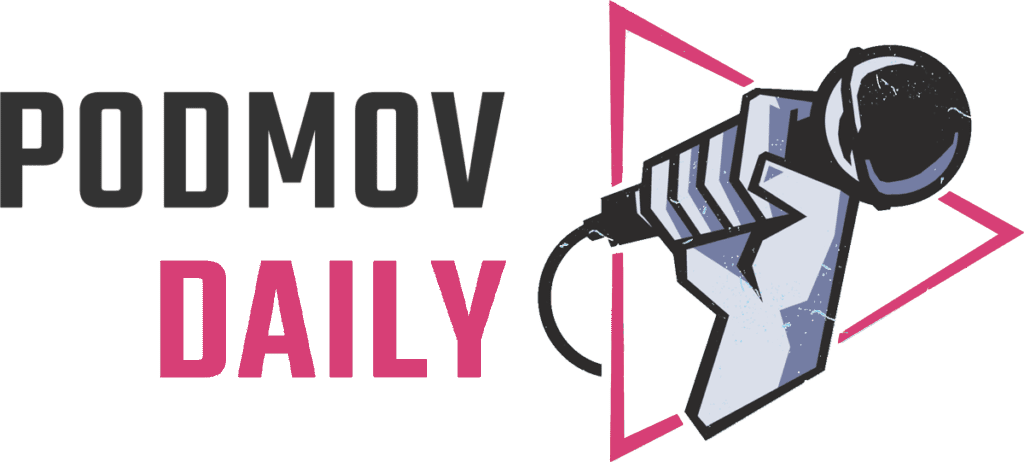
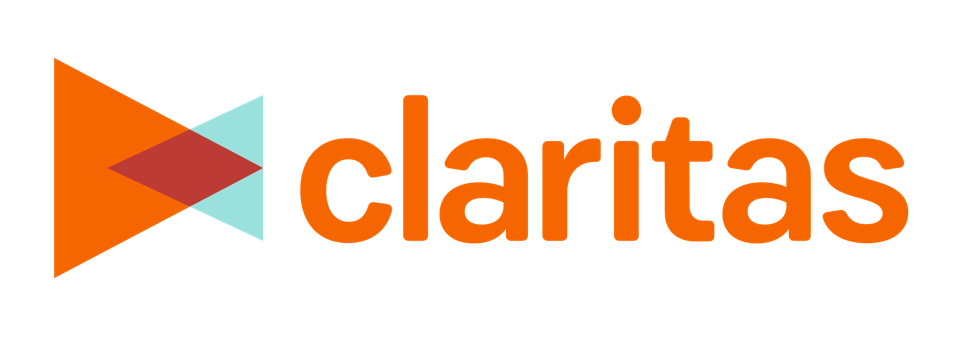

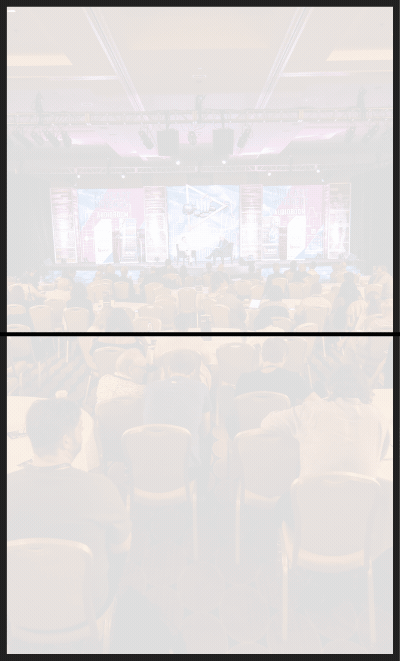
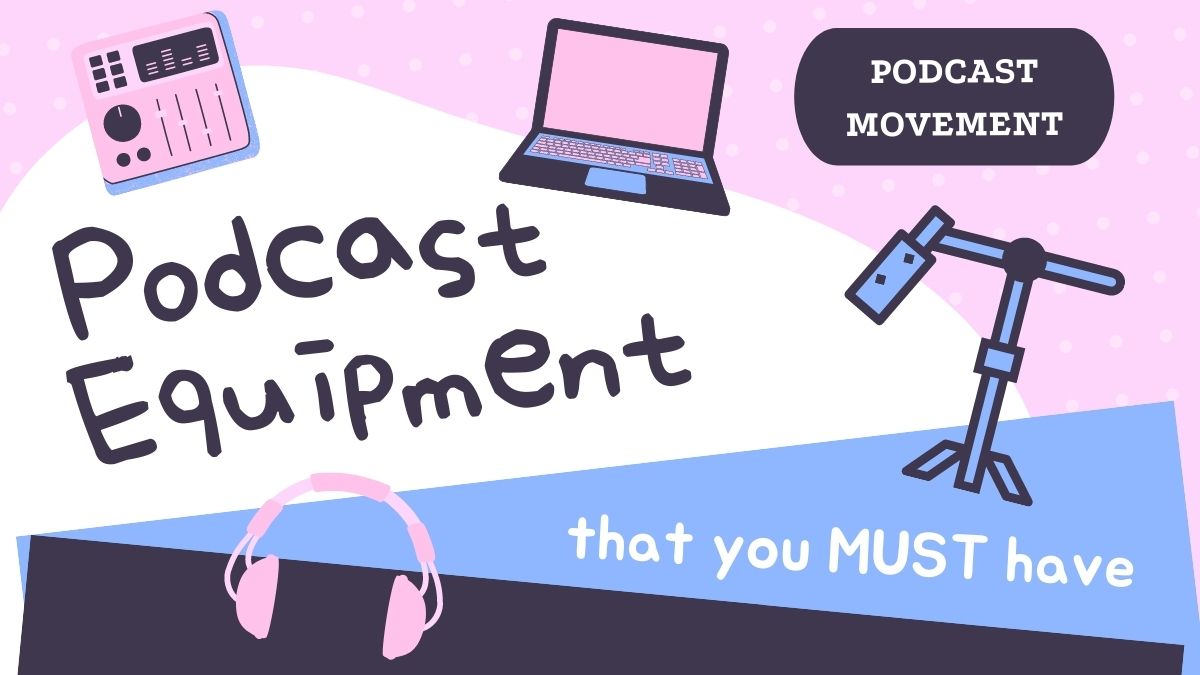

Join the Movement